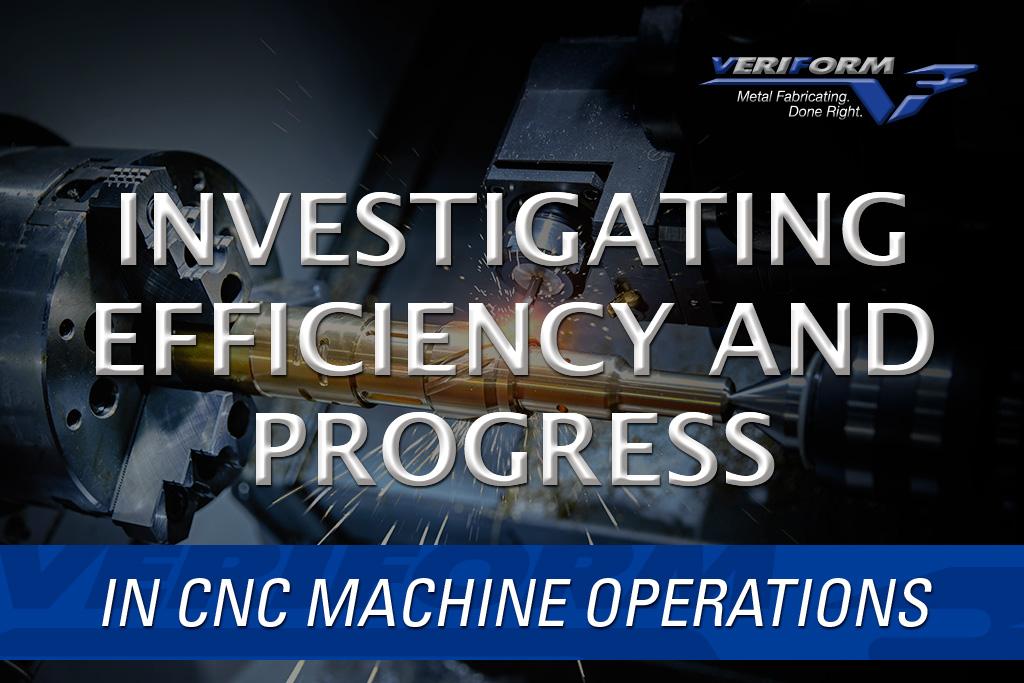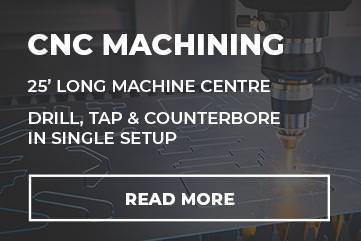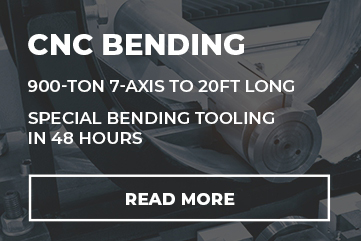News
Investigating Efficiency and Progress in CNC Machine Operations

In the ever-evolving manufacturing landscape, CNC machines have revolutionized how we approach precision, efficiency, and productivity. These computer-controlled machines have become indispensable tools in various industries, from intricate metal fabrication to complex woodworking projects. As technology advances, it’s essential to investigate the latest developments in CNC machine operations, unlocking new frontiers of efficiency and progress.
The Evolution of CNC Machines
CNC, or Computer Numerical Control, machines have their roots in the early days of numerical control (NC) technology, which dates back to the 1940s. Initially developed for aerospace and defense applications, these machines allowed for the precise control of cutting tools using coded instructions. Over time, integrating computers and advanced software transformed these machines into the highly sophisticated CNC machines we know today. Modern CNC machines can perform many operations, including milling, turning, drilling, grinding, and even additive manufacturing processes like 3D printing.
Advancing CNC Milling and Drilling Operations
One of the most significant areas of progress in CNC machine operations lies in milling and drilling. CNC milling machines have become increasingly powerful, capable of handling complex geometries and achieving exceptional surface finishes. Advanced tooling and cutting strategies have enabled these machines to tackle even the toughest materials with unparalleled precision and efficiency. Similarly, CNC drilling machines have undergone significant advancements, incorporating features like automatic tool changers, coolant systems, and advanced control software. These enhancements have streamlined the drilling process, reducing setup times and increasing overall productivity.
Enhancing Precision with Countersinking and Tool Control
In many industrial applications, precision is paramount, and CNC machines have risen to the challenge with innovative techniques like countersinking. This process involves creating a beveled or conical recess around a hole, allowing for flush mounting of fasteners or other components. CNC machines can perform countersinking operations with incredible accuracy, ensuring a perfect fit and seamless integration of parts.
Additionally, advancements in tool control and monitoring have further elevated the precision and efficiency of CNC machine operations. Sophisticated sensor systems can detect tool wear, vibrations, and other factors that may impact the quality of the final product, enabling real-time adjustments and preventive maintenance.
Expanding Applications: CNC Plasma Cutting
While CNC machines have long been associated with subtractive manufacturing processes like milling and drilling, their capabilities have expanded to include additive and non-traditional techniques. One such application is CNC plasma cutting, which utilizes high-energy plasma to cut through conductive materials like steel, aluminum, and stainless steel. CNC plasma cutters offer several advantages, including faster cutting speeds, precise edge quality, and the ability to handle thicker materials. This technology has applications in various industries, from fabrication and construction to artistic metalwork and sculpture.
Automation and Integration: The Future of CNC Operations
As CNC machine technology evolves, the focus has shifted towards seamless integration and automation. Modern CNC machines are increasingly designed to work with robotic systems, material handling equipment, and advanced manufacturing execution systems (MES).
This integration enhances efficiency and productivity and enables real-time monitoring, data collection, and analysis. By leveraging the power of Industry 4.0 technologies like the Internet of Things (IoT) and artificial intelligence (AI), manufacturers can optimize their CNC operations, predict maintenance needs, and continuously improve their processes.
Conclusion
CNC machines have emerged as powerful tools in modern manufacturing, driving efficiency, precision, and progress. From advanced milling and drilling capabilities to innovative techniques like plasma cutting, these computer-controlled machines continue to push the boundaries of what’s possible. As technology advances, integrating automation, real-time monitoring, and Industry 4.0 principles will further enhance CNC operations, enabling manufacturers to achieve new levels of productivity and sustainability. By staying informed and embracing these advancements, industries can unlock the full potential of CNC machines, shaping the future of manufacturing excellence.
FAQs
What are the main advantages of using CNC machines over traditional manual machining?
CNC machines offer several key advantages over traditional manual machining, including:
Increased precision and accuracy: CNC machines can execute complex operations with exceptional precision and repeatability, ensuring consistent quality.
Improved efficiency and productivity: Automated CNC machines can operate continuously, reducing downtime and increasing output.
Versatility: CNC machines can be programmed to perform various operations, from milling and drilling to turning and plasma cutting, making them adaptable to various manufacturing needs.
Reduced human error: With automated processes and precise digital control, the risk of human error is minimized, resulting in higher quality and fewer defects.
How can CNC machines contribute to sustainable manufacturing practices?
CNC machines can play a significant role in promoting sustainable manufacturing practices in several ways:
1. Material efficiency: Precise cutting and optimized tool paths reduce material waste and scrap.
2. Energy efficiency: Modern CNC machines are designed to operate highly, minimizing energy consumption and carbon footprint.
3. Prolonged tool life: Advanced tool monitoring and control systems help extend the lifespan of cutting tools, reducing the need for frequent replacements and minimizing waste.
4. Recycling and remanufacturing: CNC machines can process recycled materials or remanufacture components, contributing to a circular economy.
What safety considerations should be considered when operating CNC machines?
Safety is a crucial aspect of CNC machine operations. Some key safety considerations include:
1. Proper training and certification: Operators should receive comprehensive training and hold the necessary certifications to operate CNC machines safely.
2. Personal protective equipment (PPE): Operators should wear appropriate PPE, such as safety glasses, gloves, and protective clothing, to mitigate potential hazards.
3. Machine guarding: CNC machines should have adequate guarding systems to prevent accidental contact with moving parts or cutting tools.
4. Regular maintenance and inspections: Routine maintenance and inspections should be performed to ensure the safe operation of CNC machines and identify potential issues before they become hazardous.








